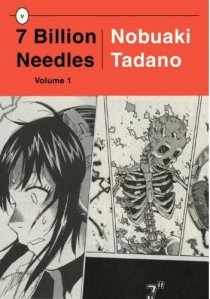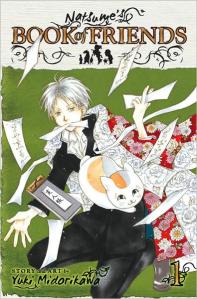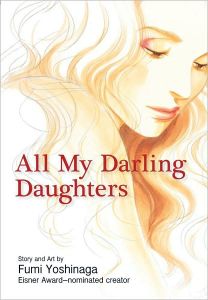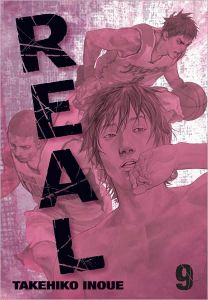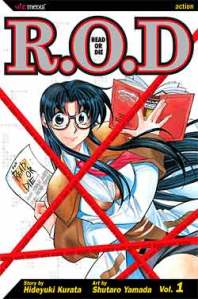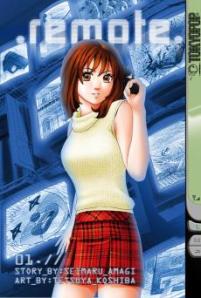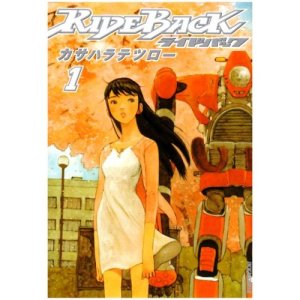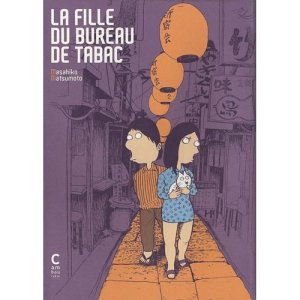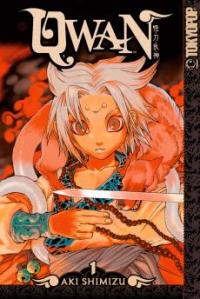To celebrate Thanksgiving in the laziest way possible, I thought I would mention some ongoing comics that debuted (if only in print and in English) in 2010 so far for which I am grateful. And there’s still more than a month left.
And here are some stand-alone works that made the year sparkle.
The manga industry may be correcting itself, but we’re still getting great books, don’t you think? The images above are all linked to commentary of varying lengths. And added thanks to everyone who makes the comics blogosphere and twitterverse such a delightful place to visit.
